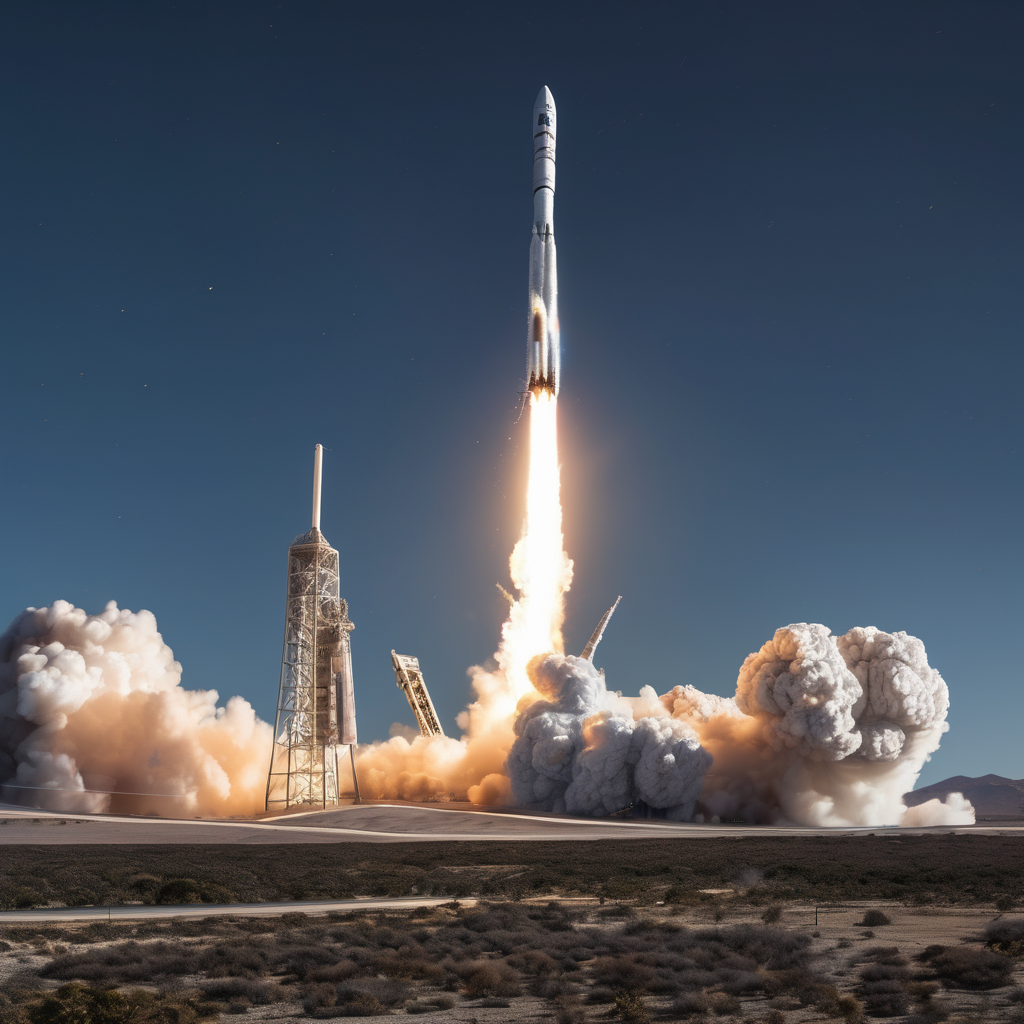SpaceX successfully launched its Falcon 9 rocket at approximately 7:04 p.m., sending 28 Starlink satellites into low-Earth orbit. This latest launch originated from Vandenberg Space Force Base on Sunday, September 28th. The launch window was set between 4:32 p.m. and 8:32 p.m., with a live webcast providing coverage from five minutes before liftoff.
This mission represents the 28th flight for the Falcon 9’s first-stage booster, a testament to its reliability and reusability. The booster has supported numerous missions, including the launch of NASA’s Sentinel-6 Michael Freilich satellite, NASA’s DART mission for asteroid deflection, and various previous Starlink deployments.
Following the successful separation of the first and second stages, the Falcon 9’s first stage made its return to Earth, aiming to land on the droneship “Of Course I Still Love You,” positioned in the Pacific Ocean. This maneuver continues SpaceX’s practice of retrieving and reusing rocket stages, thereby reducing the costs of space travel and contributing to sustainable space exploration efforts.
SpaceX anticipates that residents in Santa Barbara and San Luis Obispo counties may experience sonic booms as a result of the launch, contingent upon weather and other prevailing conditions. These booming sounds are a normal byproduct of rockets breaking the sound barrier during ascent.
With the successful launch of these additional satellites, SpaceX continues its mission to enhance global internet coverage through its Starlink constellation, bringing high-speed internet access to even the most remote areas of the globe. This development signals a significant advancement in global connectivity, fulfilling a critical need for remote and underserved regions.
